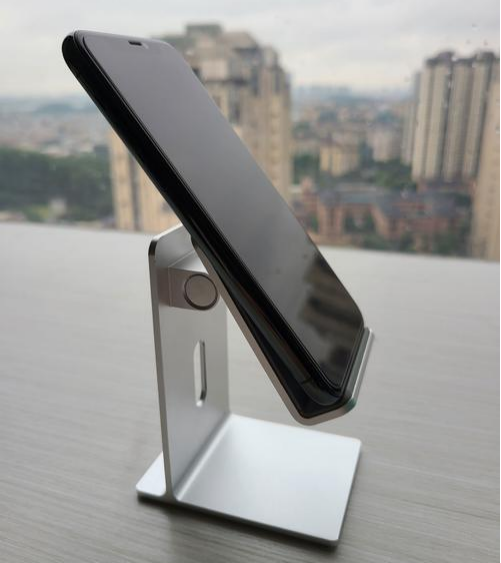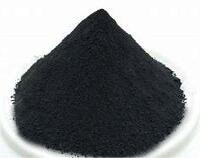1. Introduction
Just 24 hours ago, NASA announced a major milestone: the successful test-firing of a liquid rocket engine featuring combustion chambers entirely 3D printed using titanium alloy powder. This breakthrough underscores a growing trend—titanium powder is no longer just a lab curiosity but a mission-critical material in aerospace innovation.

Thanks to its unmatched strength-to-density ratio, corrosion resistance, and performance at extreme temperatures, titanium powder has become the go-to feedstock for additive manufacturing in high-stakes industries. Let’s dive into how this niche material is reshaping modern engineering.
2. Why Titanium Powder? The Aerospace Advantage
Aerospace engineers demand materials that are both lightweight and durable. Titanium fits the bill perfectly—and in powder form, it unlocks even more potential through additive manufacturing.
Unlike traditional machining, which wastes up to 90% of raw titanium, 3D printing with titanium powder uses only what’s needed. This not only cuts costs but also enables complex geometries impossible with conventional methods—like internal cooling channels or lattice structures that reduce weight without sacrificing strength.
- Enables near-net-shape parts with minimal waste
- Performs reliably from -250°C to over 600°C
- Resists saltwater and jet fuel corrosion better than most alloys
3. Key Types of Titanium Powder Used in 3D Printing
Not all titanium powders are created equal. For aerospace applications, two variants dominate the market: pure titanium powder and titanium alloy powder—especially Ti6Al4V (also called Ti64).

Ti6Al4V powder contains 6% aluminum and 4% vanadium, offering superior mechanical properties over pure titanium. It’s the most widely used titanium alloy globally and the standard for titanium powder for 3D printing in jet engines, landing gear, and satellite components.
Manufacturers typically use spherical titanium powder produced via gas atomization. This method yields smooth, flowable particles ideal for laser powder bed fusion—a common 3D printing technique. In contrast, HDH (hydride-dehydride) titanium powder is angular and cheaper but less suitable for high-precision aerospace builds.
Other specialty powders like titanium nitride powder, titanium carbide powder, and titanium diboride powder (TiB2 powder) are used as additives or coatings to enhance hardness and wear resistance—but they’re not primary feedstocks for structural parts.
4. Pricing and Sourcing Realities
One of the biggest hurdles in adopting titanium powder is cost. The titanium powder price per kg can range from $300 to over $800, depending on purity, particle size, and morphology. Ti6Al4V powder price typically sits around $450–$650/kg, while titanium powder for 3D printing price reflects premiums for spherical, gas-atomized quality.
For comparison, molybdenum powder and tungsten powder are also expensive but serve different niches. Molybdenum metal powder excels in high-temperature furnaces, while tungsten powder is prized for its density in radiation shielding. Neither matches titanium’s balance of lightness and strength for flight applications.
Businesses looking to buy titanium powder should vet reputable titanium powder suppliers who provide certified material data sheets. Beware of misleading terms like ‘titanium dust’ or ‘burnt titanium powder coat’—these aren’t suitable for additive manufacturing.

5. Beyond Aerospace: Emerging Niche Uses
While aerospace leads adoption, titanium powder uses are expanding. Researchers are testing titanium nanopowder and TiO2 nano powder in biomedical implants for better osseointegration. Others blend titanium coated diamond powder into cutting tools for ultra-hard surfaces.
Meanwhile, titanium flash powder (a pyrotechnic mix) and TiH2 powder (titanium hydride) serve entirely different markets—like fireworks or foaming agents—and shouldn’t be confused with structural titanium metal powder.
Interestingly, some manufacturers are exploring hybrid systems using molybdenum disulfide powder (MoS2 powder) as a dry lubricant alongside titanium components to reduce friction in moving parts—showcasing how advanced powders often work in concert.
6. The Future Outlook
As global demand rises, international titanium powder production is scaling up. Innovations in recycling and alternative atomization techniques may soon lower the titanium powder cost. Companies like Global Tungsten & Powders Corporation and specialized molybdenum powder suppliers are also diversifying into titanium to meet cross-industry needs.
With space startups and defense contractors racing to adopt additive manufacturing, titanium powder isn’t just trending—it’s becoming foundational. Whether you’re sourcing spherical tungsten powder for ballast or Ti64 powder for a drone frame, the era of metal powders is here to stay.
7. Conclusion
Titanium powder—especially in its spherical, gas-atomized form—is transforming aerospace through precision 3D printing. While the titanium powder price remains high, its performance benefits justify the investment for critical applications. As technology advances and supply chains mature, expect wider adoption across medical, automotive, and energy sectors too.
Our Website founded on October 17, 2012, is a high-tech enterprise committed to the research and development, production, processing, sales and technical services of ceramic relative materials such as Titanium. Our products includes but not limited to Boron Carbide Ceramic Products, Boron Nitride Ceramic Products, Silicon Carbide Ceramic Products, Silicon Nitride Ceramic Products, Zirconium Dioxide Ceramic Products, etc. If you are interested, please feel free to contact us.
